You can use this survey to estimate the standardized gaps in scientific knowledge between men, women, Blacks, Whites, and Hispanics.
Men have a 0.32 d advantage over women; Whites have 0.506 d on Blacks and 0.293 on Hispanics.
pewresearch.org/science/2015/0…
pewresearch.org/science/2015/0…


Men have a 0.32 d advantage over women; Whites have 0.506 d on Blacks and 0.293 on Hispanics.
pewresearch.org/science/2015/0…
pewresearch.org/science/2015/0…
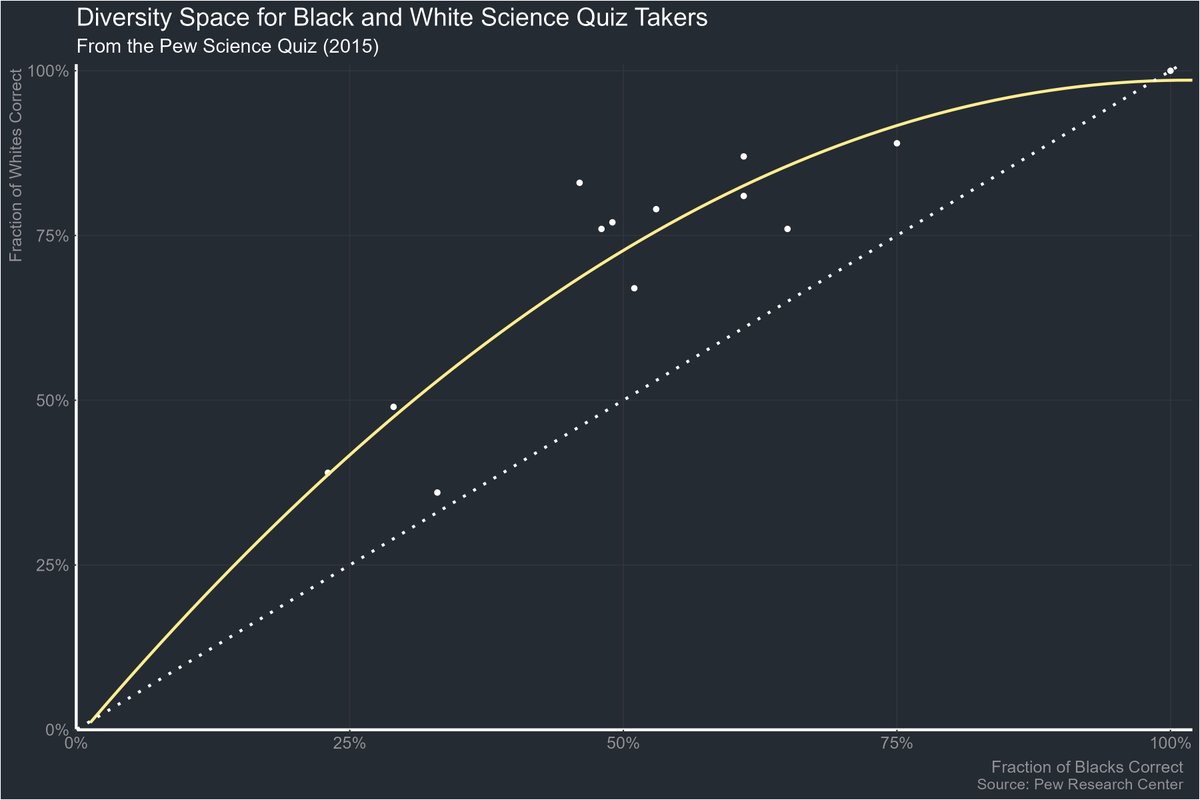
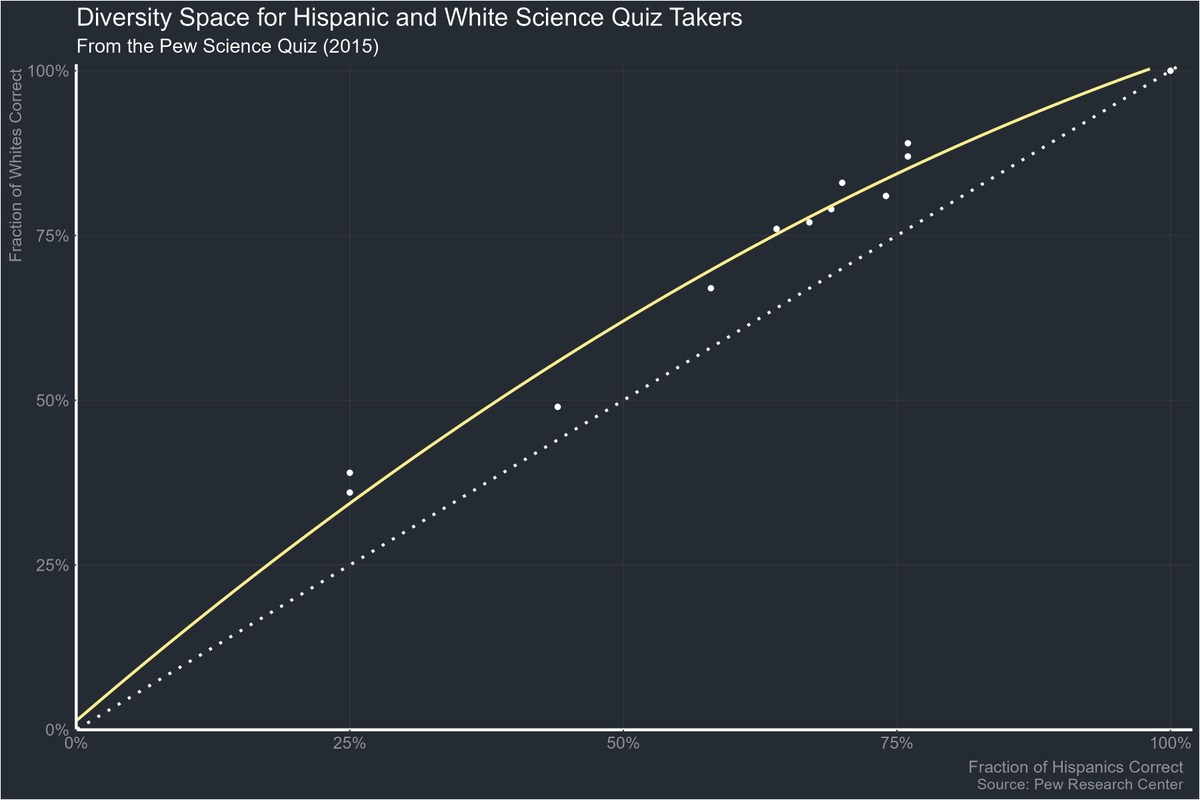

But that quiz was too easy. Pew made a harder one in 2019 and the results were very interesting: Male-female d of 0.372, Black-White d of 0.963, and Hispanic-White d of 0.550. Full-sized race gaps, modest sex gap, circa 2019.
You can take the quiz here: pewresearch.org/science/quiz/s…



You can take the quiz here: pewresearch.org/science/quiz/s…
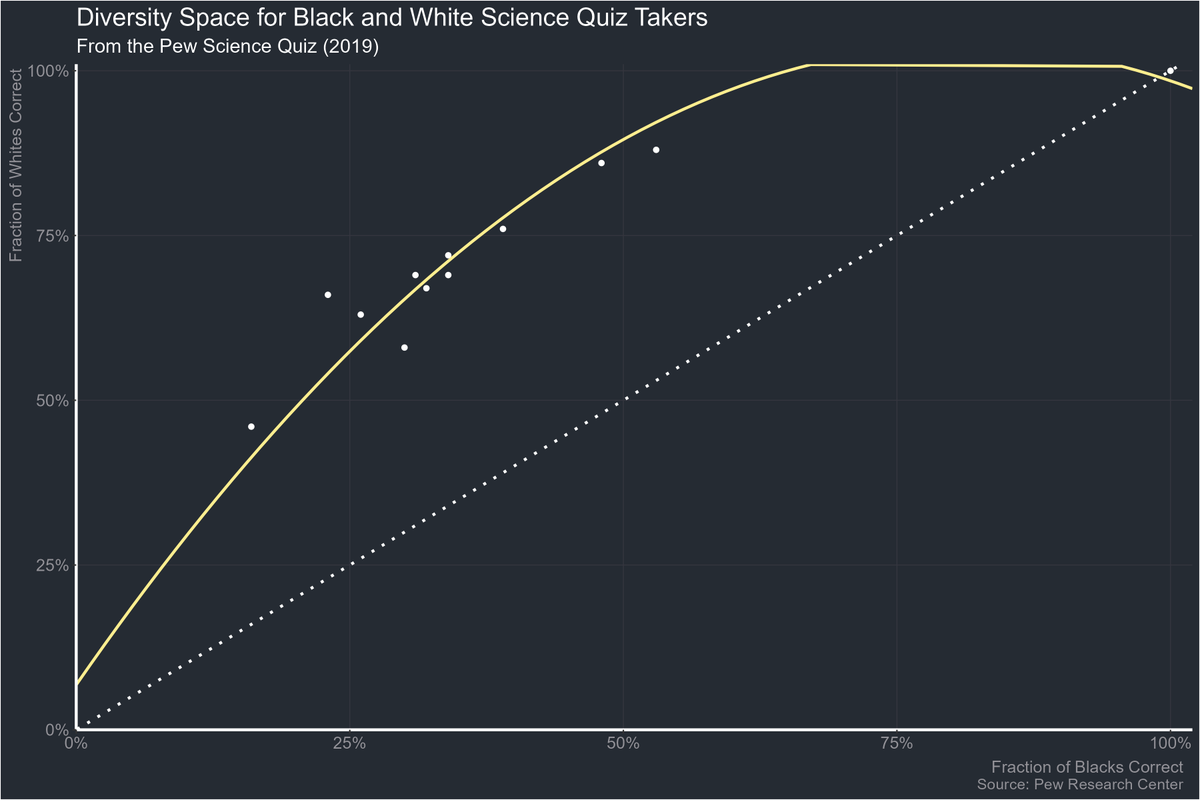

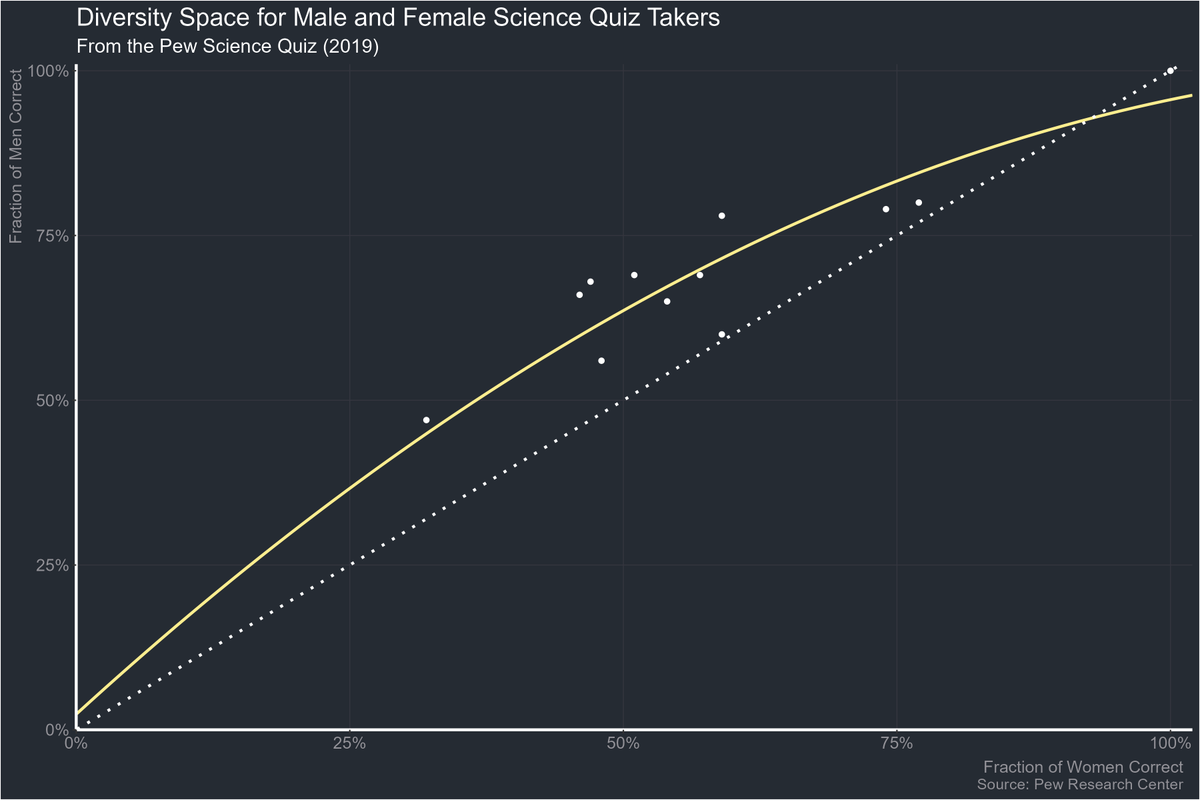
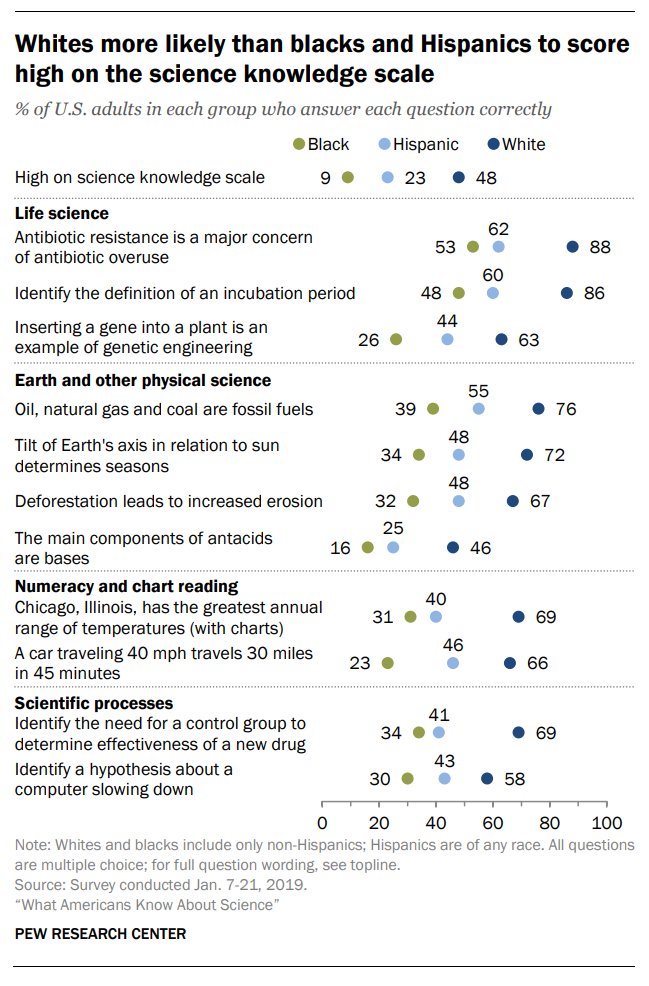
• • •
Missing some Tweet in this thread? You can try to
force a refresh




















